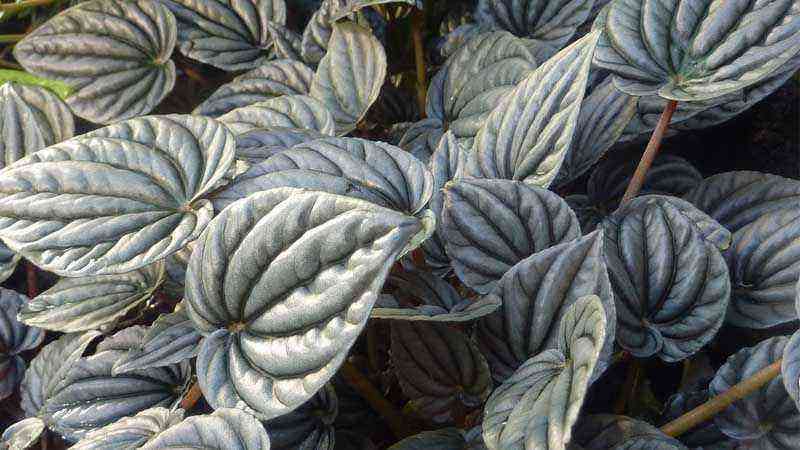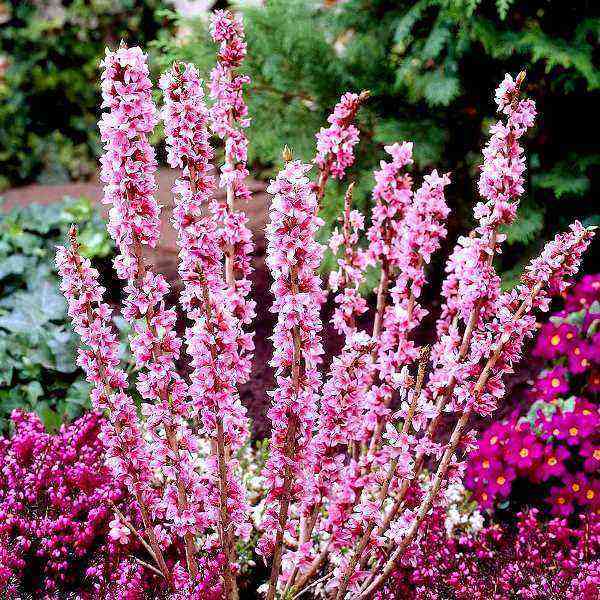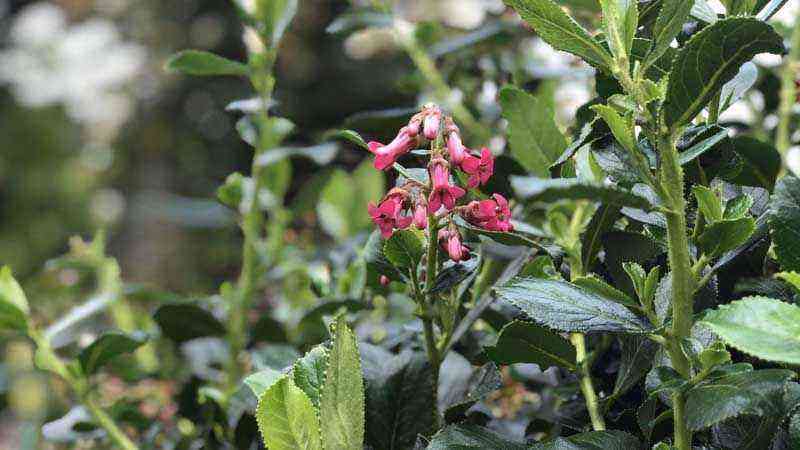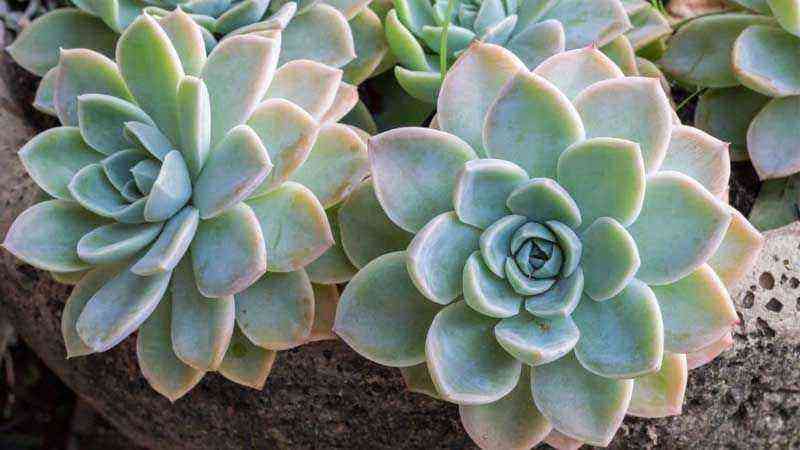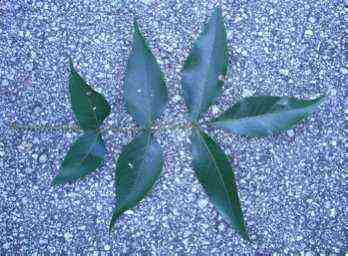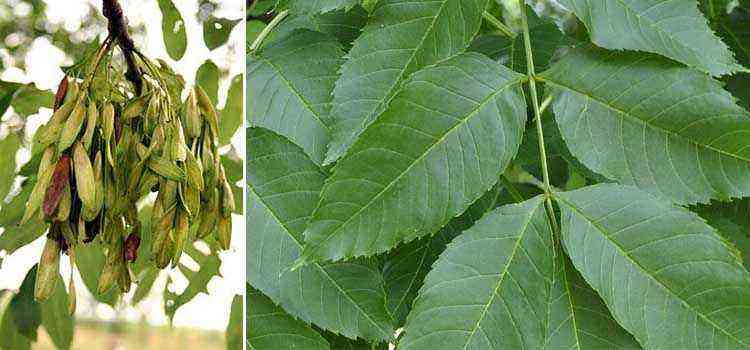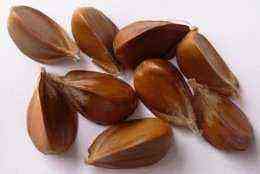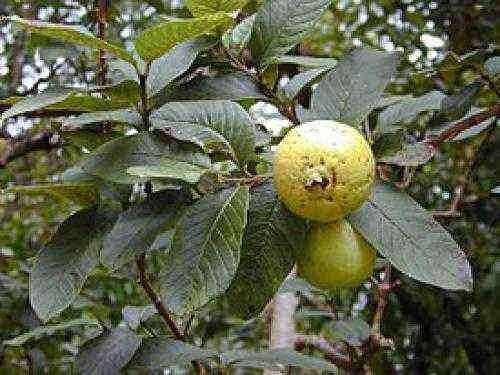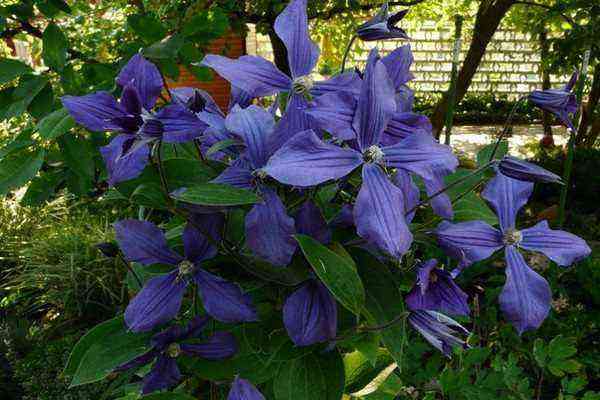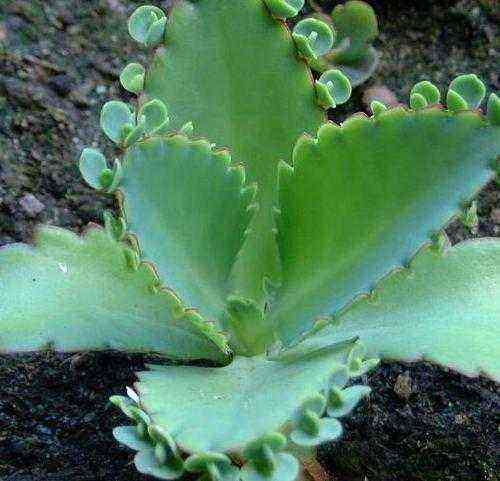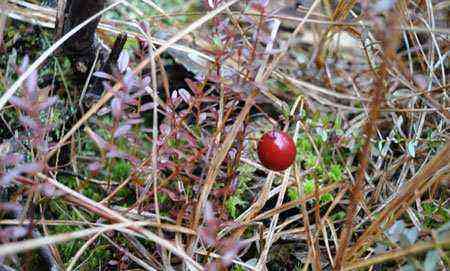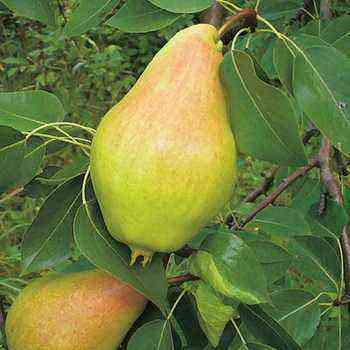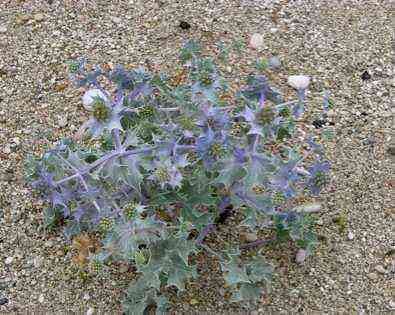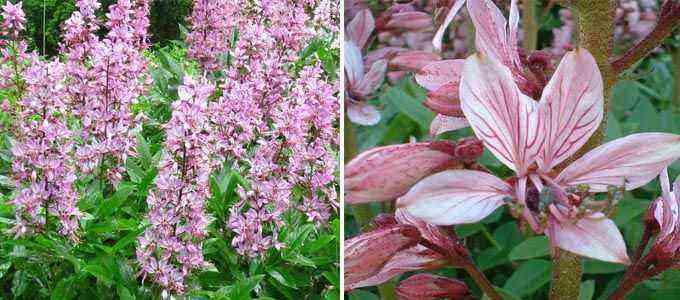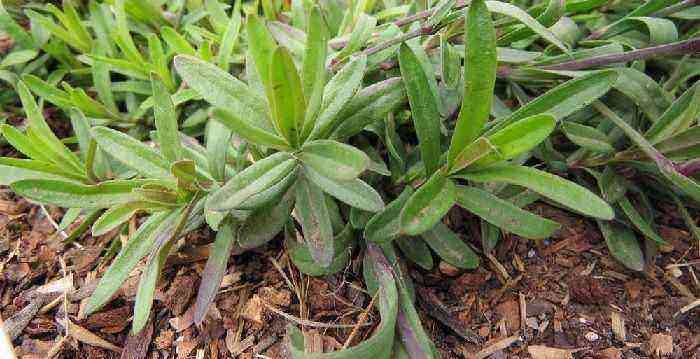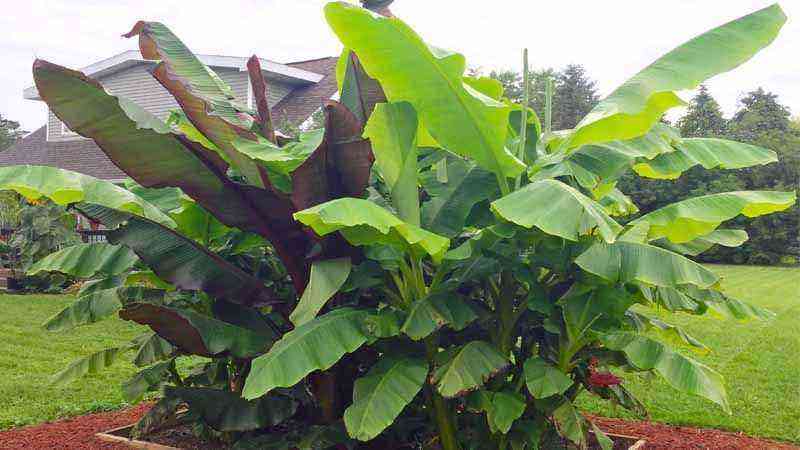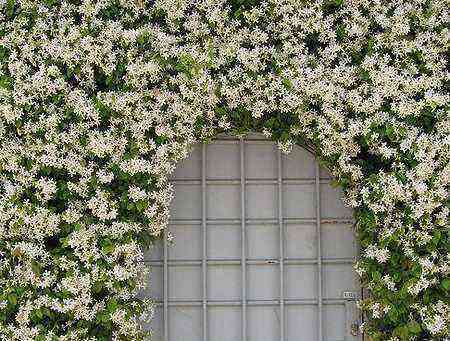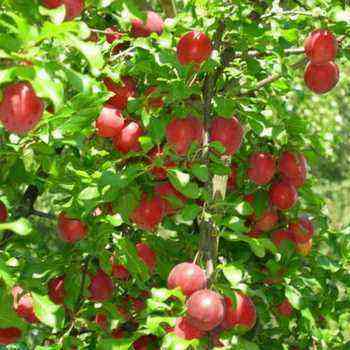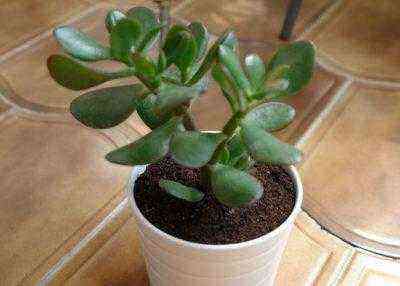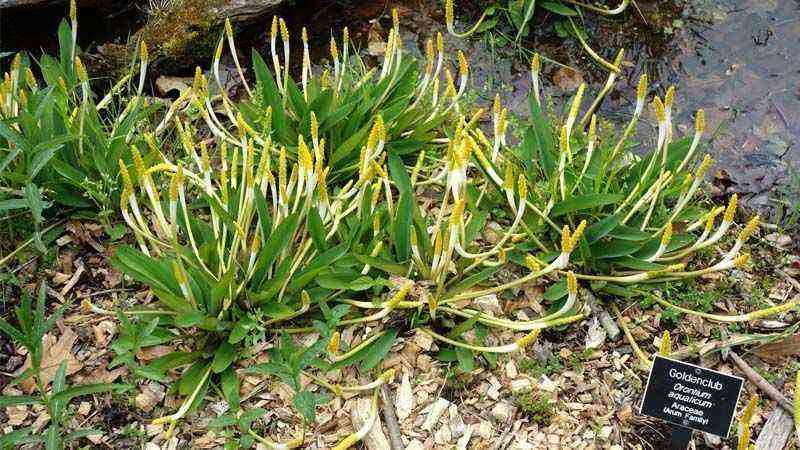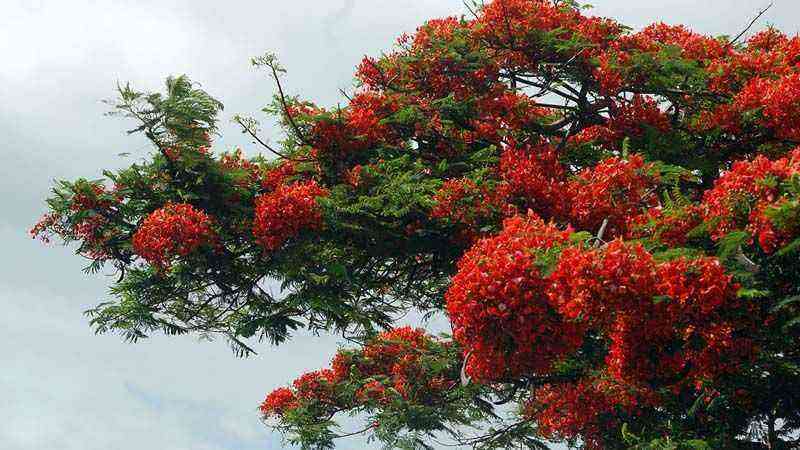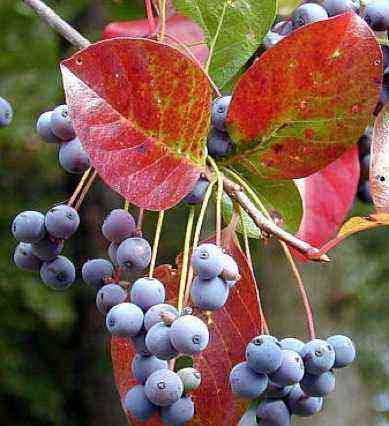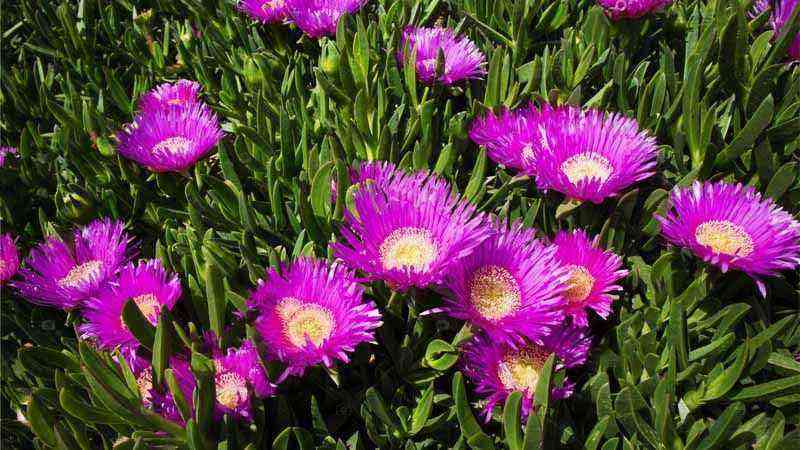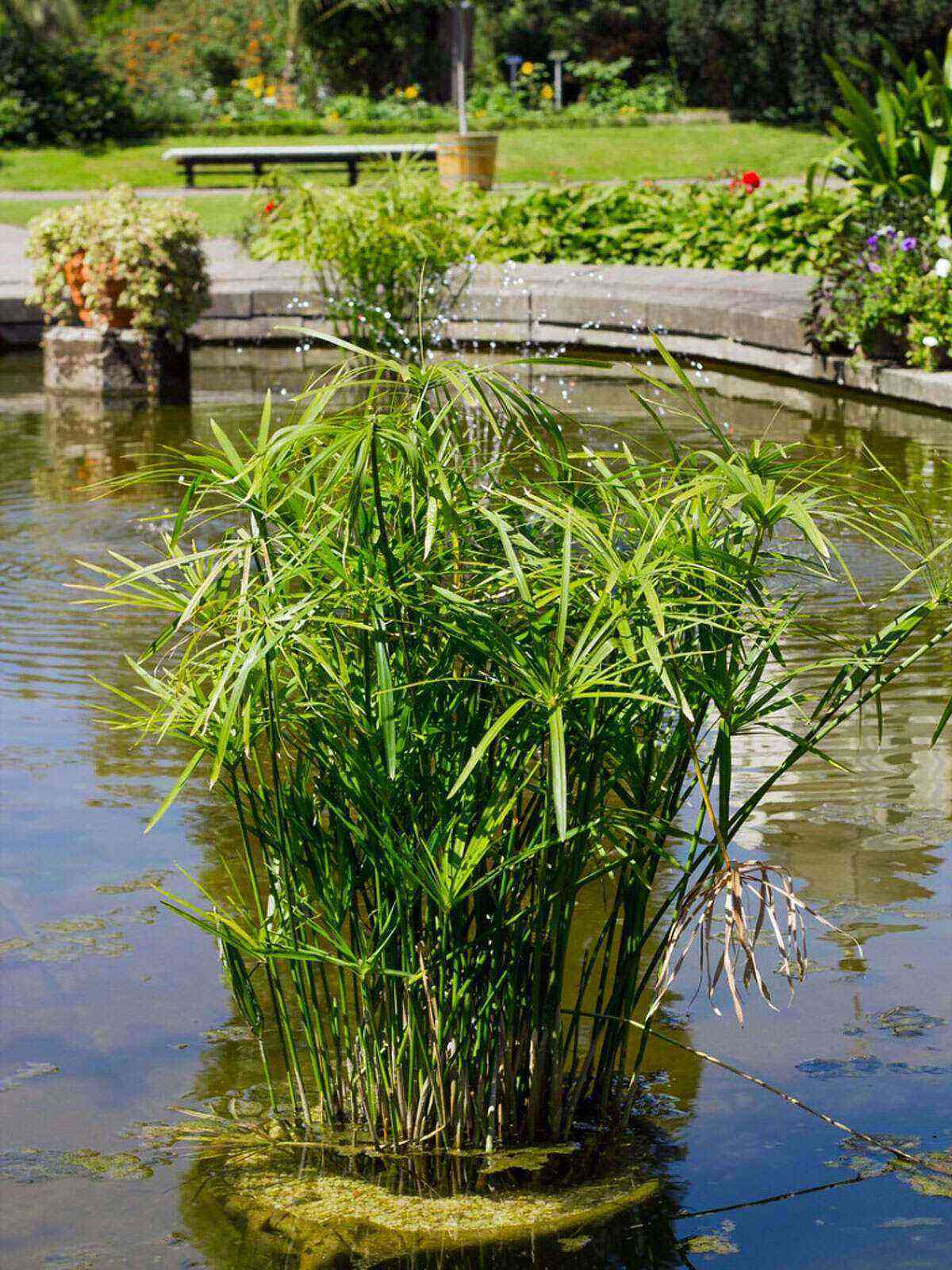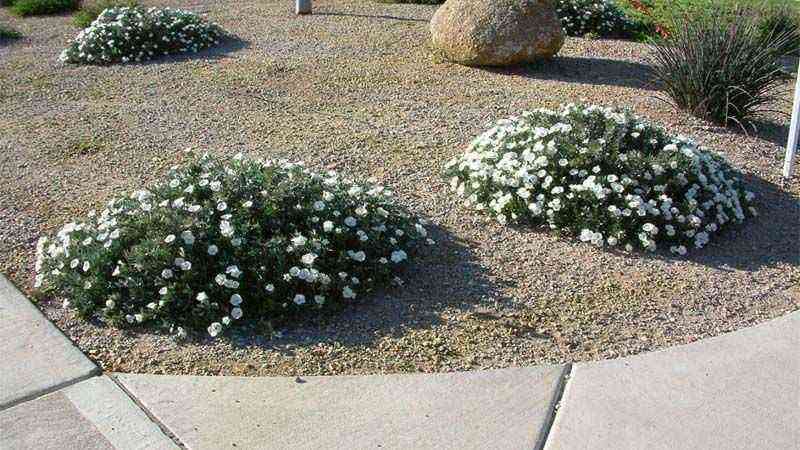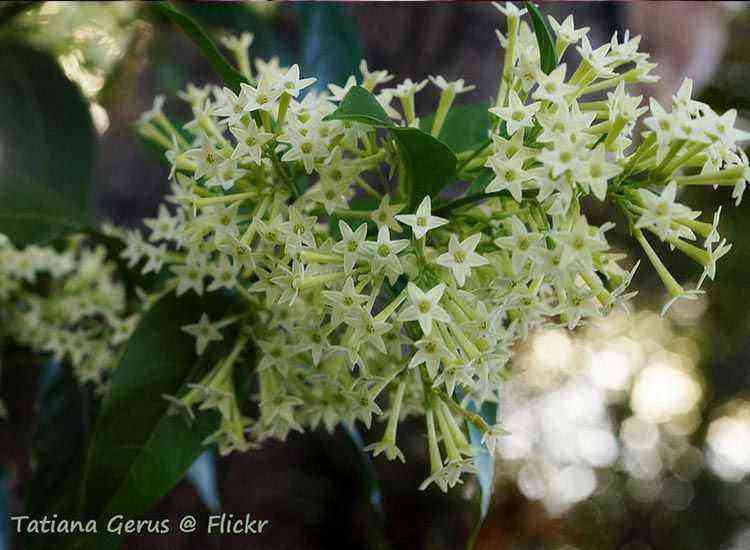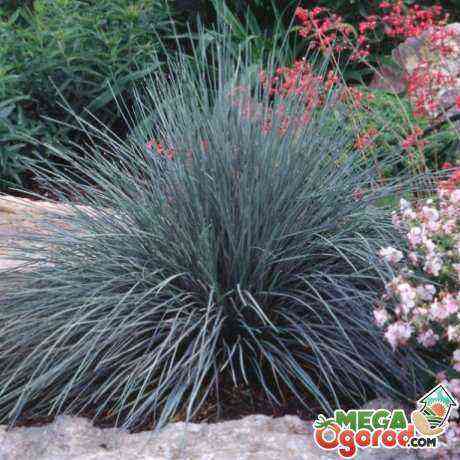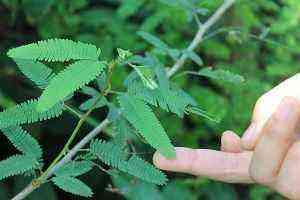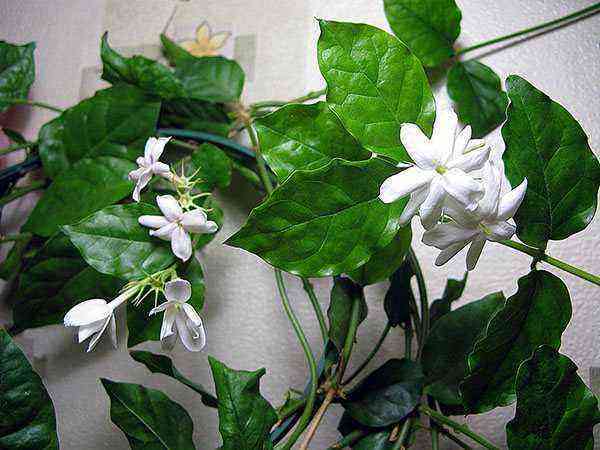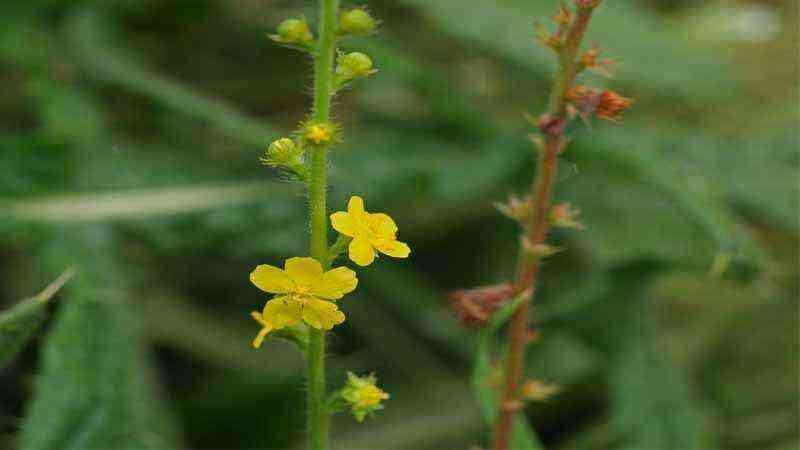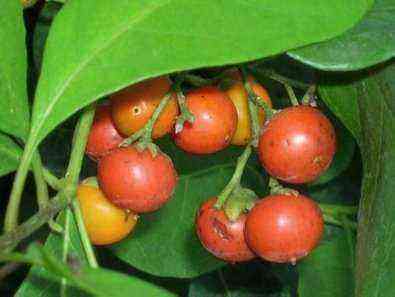El Cupressus arizonica, known as Arizona cypress, is a conifer of American origin with resistance to low rainfall areas and with a good ornamental character as a conifer. In addition, it is considered a very resistant, rustic tree with a great tolerance to urban pollution. Some varieties have blue-green needles that are very attractive. We are going to delve into its characteristics, care and growing conditions.
Origin and distribution of Cupressus arizonica
The gender Cupressus It is the one that defines what we normally know as cypresses. You may think that there are many species of cypress as it is a very common tree in many places. The truth is Accepted species are only 13. There are about 200 synonyms but they are other names for these first 13 species. Cupressus arizonica it is not synonymous, it is one of these species of the genus. To be fair, the full name with the species descriptor is Cupressus arizonica Greene. Edward Lee Greene was a botanist at the University of California Berkeley in the XNUMXth century.


Worldwide distribution of Cupressus arizonica. Retrieved from GBIF.org
It’s a tree originally from the southwestern United States. The surname of the taxonomic name gives us the necessary information to infer its origin. Effectively from the Arizona area, although it extends throughout the west coast and Central America (mainly Mexico). It also develops in southern Europe, being Spain the place where it predominates. It also took Australia and it is present in the eastern part of the continent. Here we present you a map with the quotes found in Europe and America.
The Arizona cypress is a conifer, perennial, of great size that can reach up to Meters 20 according to the variety. There are varieties within the species of more moderate sizes. Morphologically it is not the classic cypress, (Cypress sempervivens L.) so slender and spiky and often associated with cemeteries. In this case we are facing a somewhat more open cup shape y less dense than the common cypress. Even so, it continues to have a slender bearing, a straight trunk and a slender structure with a not very wide crown. Its bark is characteristic, smooth in the young specimens that fading away in adult specimens and long-lived. This creates a very attractive cup.
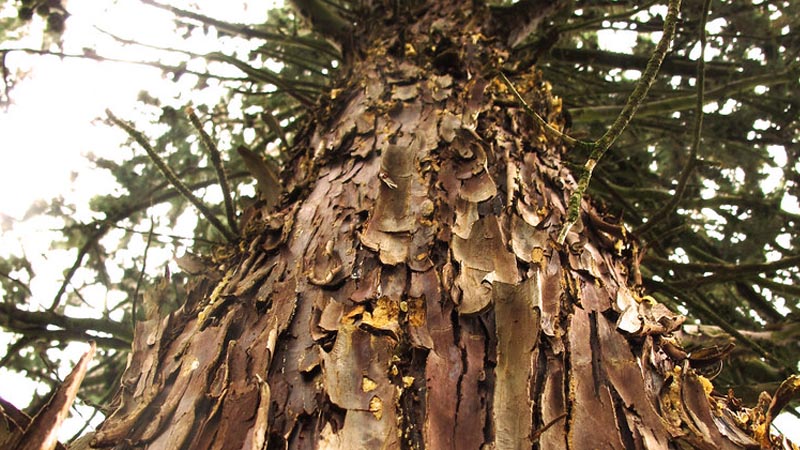

Flaking detail of Cupressus arizonica. Photo by: jacilluch
The rhythm of crecimiento es moderate. about 60-70 cm per year. According to varieties, there are them in different shades of green. We particularly like the blue-green ones that belong to the variety «Glauca»One of the most cultivated together with«Compact»Short. Other varieties are: “Glabra”, “Glomerata”, “Montana”, “Nervadensis” and “Stephensonii”.
Arizona cypress uses
As an ornamental it is widely used for the following reasons:
- Possibility of conforming bushy hedges.
- Resistance to drought and relative little care.
- Spruce tolerance to different types of soil
- Resistant to pollution urban
In addition, its essential oils have certain properties that we now discuss.
It is known that essential oils (ESs) from conifers have antimicrobial activity due to their content in α y ß-pineno, monoterpenic compounds present in the resin of conifers. So much bacteria Gram negative and Gram positive are inhibidas by the essential oils of the Arizona cypress, being somewhat more effective in the Gram negative ones. These compounds have some relevance in the chemical and pharmaceutical industry. In traditional Chinese medicine, coniferous resins are used as aniinflamatorio y antiseptic.
What is curious about the studies consulted is that the antimicrobial activity It is very variable depending on the growing conditions (climate, altitude, soil type etc.) having extracted the EEs from trees in Argentina, Iran, Algeria, Texas or Italy.
Read more >> Essential oils in plants
Planting and caring for the Cupressus arizonica
Temperatures and exposure
supports full sun, direct light and with very high temperatures, typical of the Arizona climate. It can safely withstand up to 45ºC. Its resistance to low temperatures is lower. According to the USDA hardiness classification, it is between zones 7 and 9, being the minimum 0ºC in zone 7 although it can withstand light frosts and not very continuous in time. In much of the south of Spain, Andalusia and the Spanish east, these conditions will be so ideal for this conifer.
Soil and fertilizer
It is most tolerant of all types of soil pHs. From very acidic to very alkaline and even saline in zones coastal. A soil texture also has a wide tolerance range to sandy, loamy and even somewhat clayey soils. The only point to watch is the drainage. They cannot be soils that hold too much water.
It does not need a dose of fertilizer. It can thrive in poor soils. Even so, you could apply some fertilizer if you want a faster growth or the soil has any known significant deficiency. The type of fertilizer can typically be slow release granular.
Irrigation
During the first and second year, until the total implantation of the root system, it is advisable ensure a little watering, especially if the seasons are drier than usual. Once the tree is rooted and the roots have sought their source of humidity in the subsoil, it is a tree with a lot of resistance to drought, and can even be included in xero-gardening in even desert areas.
Withstands long droughts once rooted. Its growth is diminished in these conditions. If a little more irrigation is given, along with some fertilizer, we can obtain a higher growth rate. Typical Arizona rainfall rates are around 200-300mm per year to get an idea.


Cupressus arizonica where. “Glabra”
Pruning
Everything will depend on the ornamental use we want. It is tolerant to pruning and therefore you can shape as hedge. In that case, we will do an annual pruning, before spring and always in young wood of the year. It does not generate new shoots in old wood and we could leave areas of bald spots if we do not form the hedge from the beginning. Occasionally and with the intention of forming the hedge in its first years of life, it can be pruned in late spring.
Plagues and diseases
In general it is quite resistant but it can present pests like cypress aphid (Cinara cupressi). This aphid is a large aphid compared to other aphids and is dark almost black in color and easy to identify especially if there are ants around. Causes the complete drying and falling of the tender branches (the youngest). For large trees, potassium soap may be insufficient, and systemic insecticides such as imidacloprid should be used.
Recommended products
References consulted
- Al-Mouhajer, L., Chabo, R., Saab, A. M., Saade, K., & Makhlouf, H. (2017). Antibacterial activities of essential oils isolated from two species Cupressus arizonica Greene and Cupressus sempervirens L.(Var. horizontal and pyramidalis). European J. Biomed. Pharm. Sci, 4, 430-435.
- Chéraif, I., Jannet, H. B., Hammami, M., Khouja, M. L., & Mighri, Z. (2007). Chemical composition and antimicrobial activity of essential oils of Cupressus arizonica Greene. Biochemical Systematics and Ecology, 35
- The plant list.org
- GBIF.org
- Cover photo by: Daniel Arrhakis
